How Are Chinese Dumplings Made?
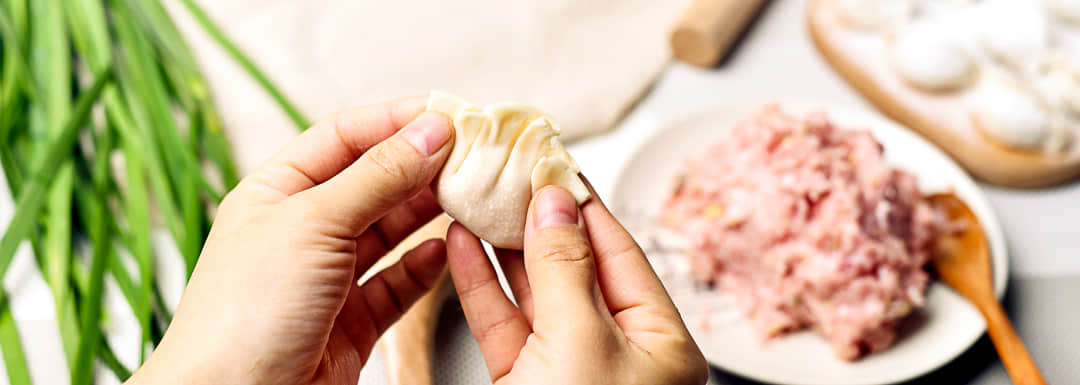
Love to try out the new dumpling in your neighbourhood restaurant? Ever wondered when and who ate the first dumplings?
The origin of the Chinese dumpling, also known as jiaozi, belongs to Ancient China, around 1800 years back. Since then, these dumplings have been continued to be made during the winters and in the festival of the Chinese New Year.
The First Making

The first dumplings consisted of lamb, black peppers and a few medicinal herbs that were chopped and wrapped into scrapes of dough. They were ear-shaped because the villagers had frostbite mostly around their ears. These dumplings were boiled, and as soon as it was cooked, the dumplings, as well as the broth, was served to the ill members.
Each villager suffering of the febrile disease was given two ‘ears’. It healed them of their illness and also became a well-received recipe to be eaten during days that were extremely cold. Zhang Zhongjing’s commendable invention of the dumplings is admired and talked about till today.
Back then during those days, boiling was the only method. With the recipe having being passed on to generations, new varieties other than boiling have also been tried.
Can You Make Jiaozi in Your Home?
Omnipresent almost like fireworks throughout the country of China, dumplings are a part of everyday life for all the Chinese, regardless of any occasion. China is filled with places where jiaozi is found to be eaten in every corner of the street.
Jiaozi or the Chinese dumpling is made in different ways with different methods of cooking. Dumplings or jiaozi are even pan-fried which gives the texture a different appearance and taste.
To make the jiaozi might sound tricky, complex and extremely intricate. You can join our jiaozi making class to get the drift, but if you want to go about it yourself, here is the jiaozi recipe you need to know. Do note though that how preparing jiaozi isn’t as easy as it sounds. You need practice, and joining a good jiaozi making class might just be the right way to go about it.
The ingredients are first ground or chopped very finely, depending on the maker’s choice. You then wrap them in a thin wrapper made of dough. The dough skin can be thin or thicker. While boiling is the prevalent method, steaming is a simpler and time–saving way of cooking the dumplings. They are placed on a steamer or on a utensil over boiling water, ahe dumplings were cooked within minutes and served with a sauce made of vinegar and chilli oil or a paste along with soy sauce.
Ingredients :
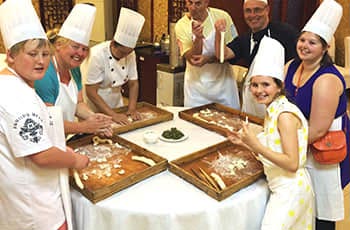
- ½ lbs minced meat, of your choice (lamb, beef, pork, chicken, shrimp)
- Spring onions
- Garlic chives
- Chinese cabbage
- Black pepper
- Dough, for the wrapper
- Bell pepper (red, green and yellow)
- Siracha sauce
- Chilli powder
- Salt
- Soy sauce
Method:
- Remove the seeds from the bell peppers and mince them into very small pieces. Mix them evenly with minced meat, add the spices accordingly (1 tbsp each). Leave them aside. Make thin dough skins and start putting the fillings on the skin.
- Very carefully begin making pleats from the middle of the wrapper in a wavy method. Repeat the method until the whole skin has been pleated and join the ends. Seal the dumplings well enough to avoid breakage.
-
Since there are three predominant methods of cooking them, you could choose any according to your convenience and liking. Boiling and steaming does not require as many calories. While pan – frying requires oil, it also adds on to the taste. You could partially steam and partially fry, depending on the requirement.
The dumplings are therefore ready in a few more minutes while it is cooked.
Jiaozi is not just a universal food, it is like a ‘go – to – when - you're – hungry’ snack that fulfils your hunger and even satisfies your taste buds. Popular across the world, the Chinese dumplings are indeed appetizing. Something that was invented to heal suffering people, is now a part of every menu available.
The Different Ways of Making a Dumpling
Since the original making of jiaozi, the Chinese have developed different ways to make dumplings. The modern recipes have spread to all parts of the world and have promoted its demand.
During the Winter Solstice (December 22nd), dumplings are made for the families to mark the event of a warm winter; a tradition followed every year.
This traditional dish enjoys great popularity among families, whether it's on Chinese New Year's Eve, during family reunions, or at the time of a family member's departure.
During the Spring Festival, dumplings are eaten during the midnight where the cooks hide a clean coin inside it. The one to find it would be considered fortunate as the dumplings duplicate gold and silver ingots.In some family reunions, here is a look at some of the following types of fillings you’ll see:
- The beef filling signifies an encouragement of financial growth.
- The cabbage filling signifies bringing good luck and wealth for another century.
- The mushroom filling is believed to bring wealth and fortune to all those who eat these dumplings.
- The fish filling signifies a surplus of economic growth for the diner.
- The celery filling signifies industriousness and therefore brings about wealth.
Certain dumplings are not made of dough skin but of egg wraps. They are known as ‘egg dumplings’. Such wraps are made by boiling.
The jiaozi is different from wonton. The former has a thinner skin. The latter, on the other hand, is thicker. Likewise, the fillings differ accordingly.
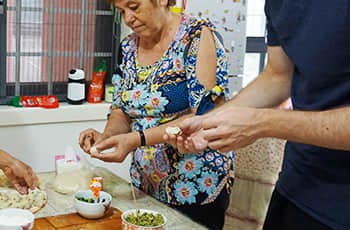
The Shape and Folding Technique
Zhang Zhongjing made the jiaozi in the shape of an ear, which we also know as the jiao’er or tender ears today. Despite that, the Chinese have attempted variations that have been successful.
The Chinese dumplings have been named ‘jiaozi’ also because it is horn-shaped.
They resemble coins and ingots which the reason why you hide them in dumplings during the festival hours of eating.
The folding begins from the middle with a single pleat and is continued resulting in multiple pleats. It’s done in a wavy manner which almost looks like the crust of a pie. The edges are joined to the body and take up a round shape.
Since there are many ways to fold the jiaozi, the one most widely known as the pinched – fold technique is used commonly.
To make a crescent-shaped jiaozi, take a spoon of the filling and put it on the wrapper. Begin folding half of the edge to the other half, and then with the help of your left thumb and forefinger, press one side of the moon, and use your right thumb and forefinger to push the folds in and thereby make pleats. Repeat this till the end of the wrapper is reached and seal it. It is the most popular shape of a jiaozi made in China.
Jiaozi Made in Restaurants and Streets
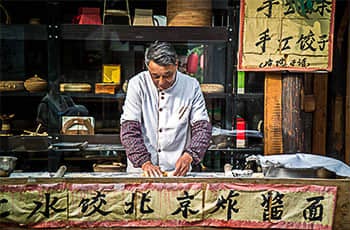
You would find some great Jiaozi throughout China and other states. However, none tastes the same. Even if you follow a similar preparation or method, the taste will differ where you buy it from.
Nonetheless, it's enriching taste is primarily found in North China, it’s place of origin. Till today, the Chinese make the jiaozi not just for occasions or because it is now a part of the tradition, but also because you can take it as a staple food.
The Chinese dumplings, although originally made with the intention of providing it as a medicine to the ill, has everyone mesmerizing over it today. Whether it’s the taste or the filling, there is a lot to love about it. Chinese love to make them during the Chinese New Year to wish and pray for the prosperity and happiness of their loved ones.
It is a universal food for every eater, and there is hardly any cultural cuisine where you would not find dumplings includes.
OR
Are you eager to begin your Chinese cultural journey?
Drop us a line and we will promptly connect you with our leading China expert!
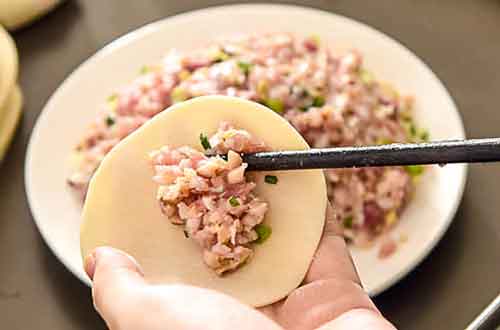 Chinese Dumpling Fillings
Chinese Dumpling Fillings 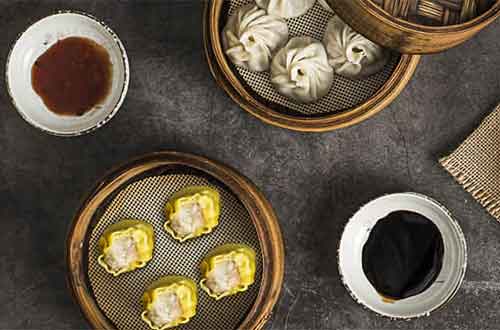 Top 7 Chinese Dumplings
Top 7 Chinese Dumplings 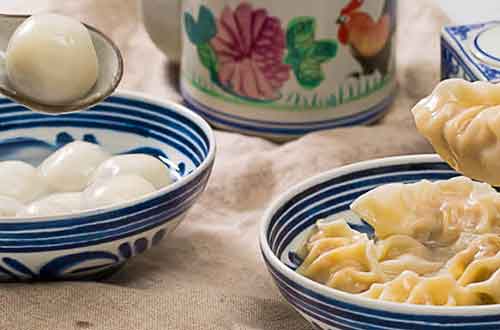 Top 7 Dumpling Festivals
Top 7 Dumpling Festivals 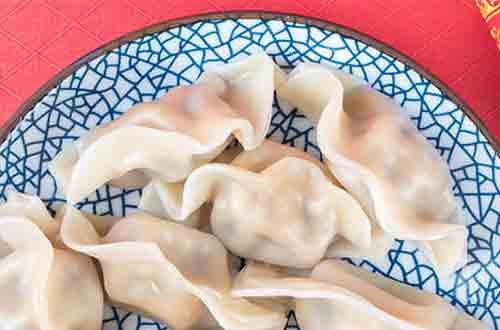 4 Typical Foods on Chinese New Year
4 Typical Foods on Chinese New Year